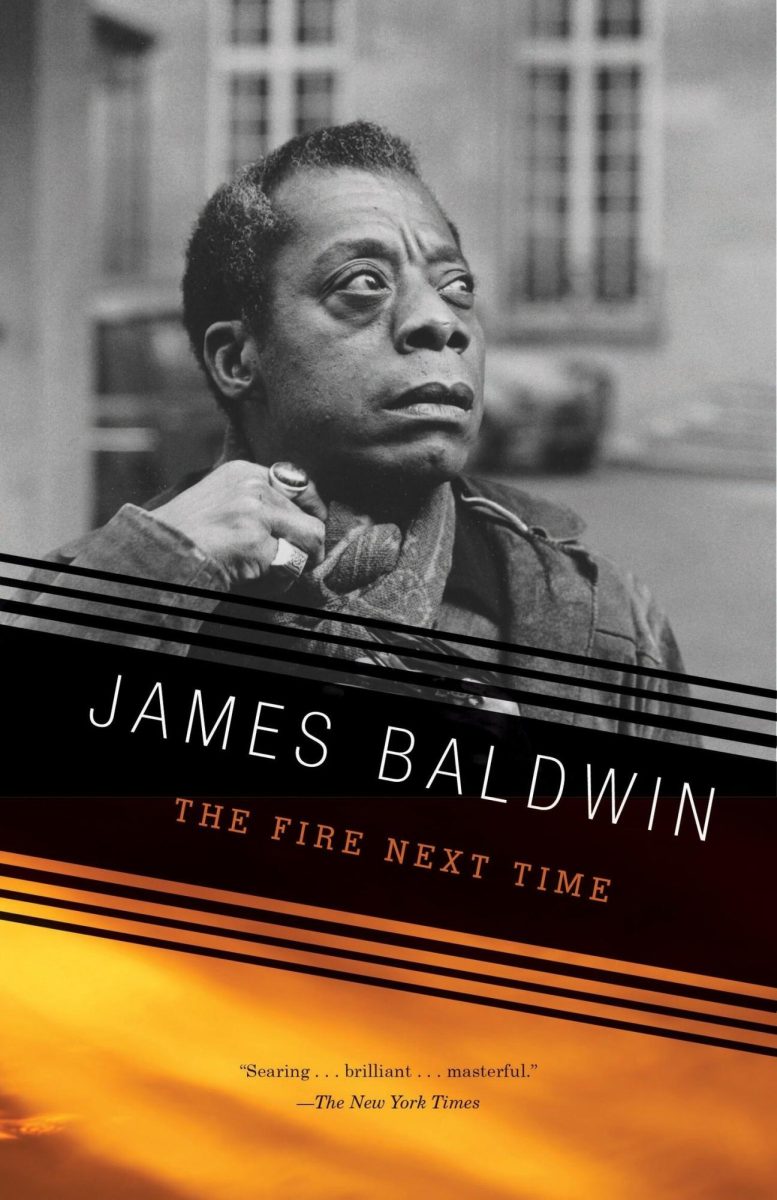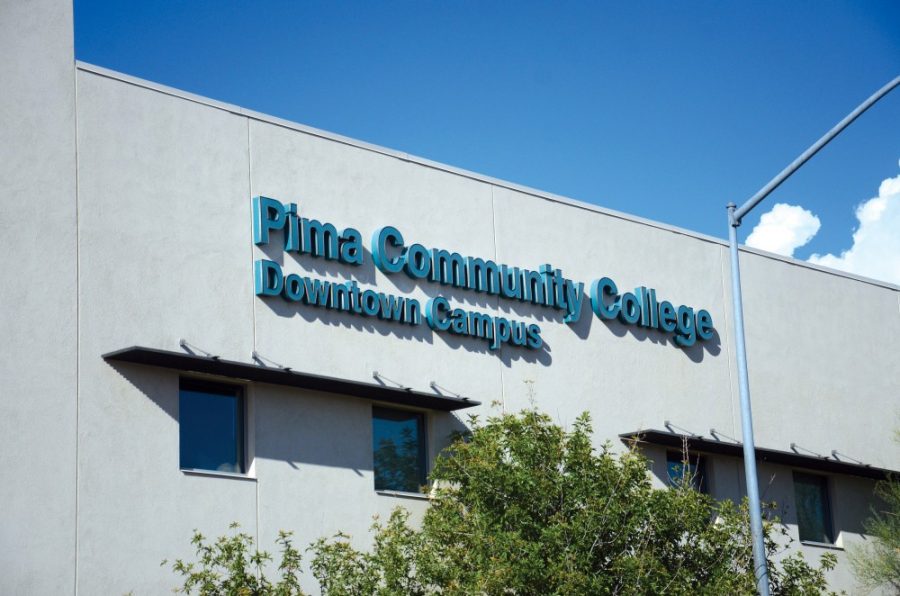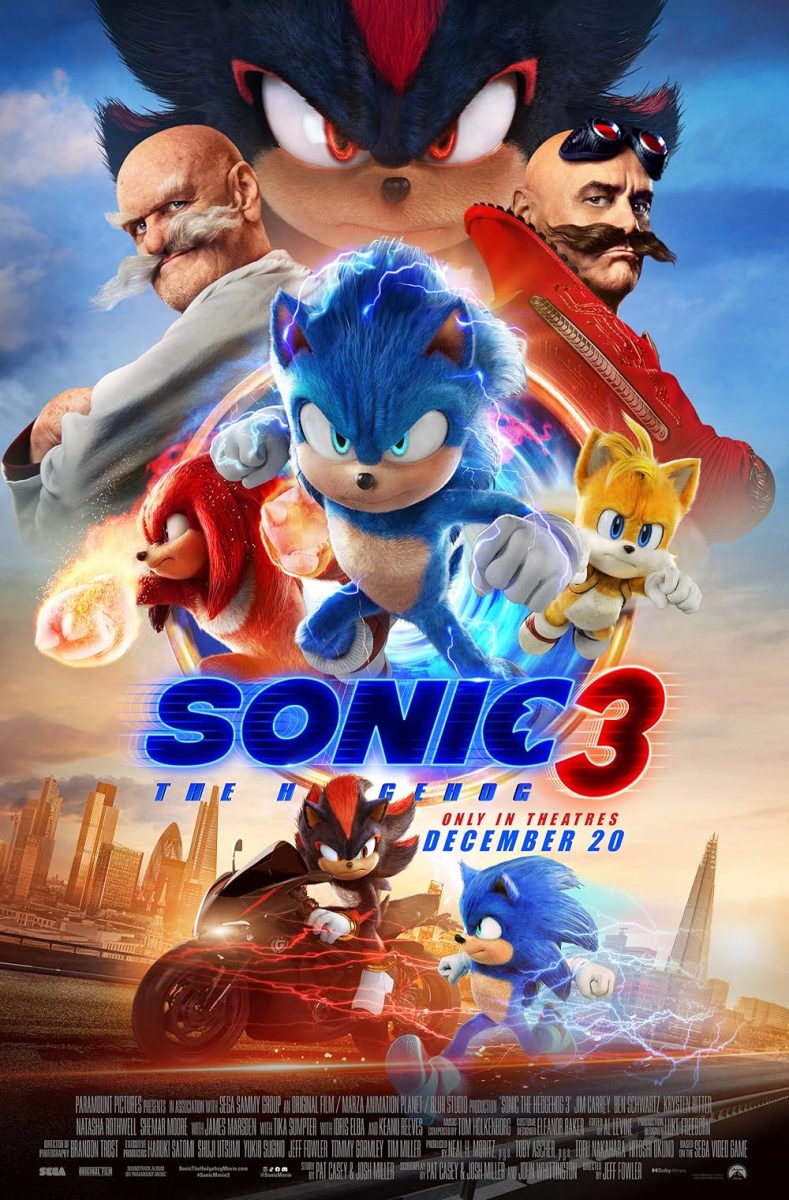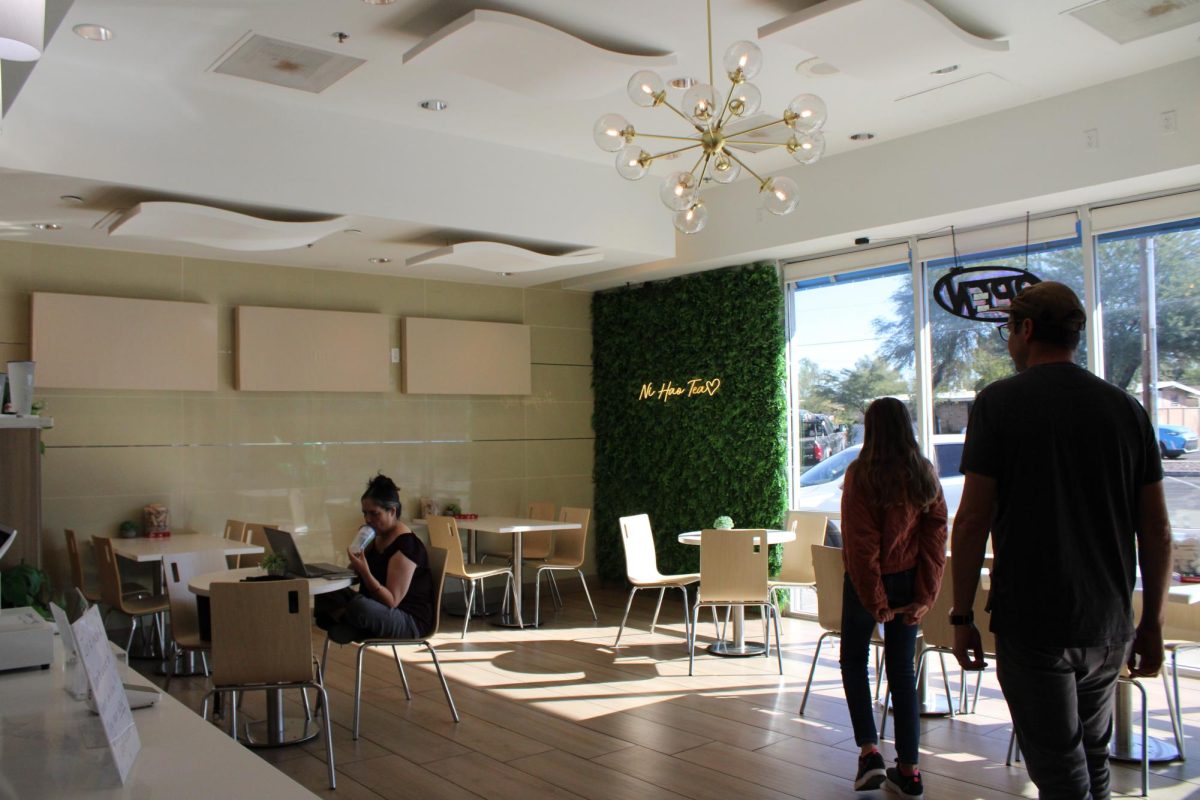
A January column in the New York Times told the story of four high school kids from Phoenix who won a robotics competition hosted by NASA and the Navy. Because they reside in the U.S. illegally, few had the opportunity to attend college — an outrage, given that “lower ranked contestants went on to rewarding jobs at tech companies and research institutes.”
There are systemic limitations here that we as individuals cannot change. But this shouldn’t discourage us from doing what we can to ensure that this state’s talented young people join us at the UA.
Take a look at where you are standing. Where you are does not matter, but how you got there does. Be it scholarships, family support or studying, you’re someone who made it.
Like NASA, which organized the robotics competition in order to connect students with opportunities in science and engineering, many UA departments undertake community-based forms of outreach to connects K-12 students with college students. Organizations such as Early Academic Outreach already exist at the university, as well as smaller groups such as the UA Outreach Honor Band for middle school students. Any department could theoretically support an outreach program, so long as there are students willing to reach out to their community and invest their time and care in doing so.
The National Center for Education Statistics released a report in 2012 titled “Higher Education: Gaps in Access and Persistence Study.” The study found that only “thirteen percent of 9th-grade students had participated in at least one math- or science-related school-sponsored activity in the previous year.”
This forces students to find enrichment in activities outside of school. The study found that “eighty-six percent of 9th-grade students had participated in at least one non-school-sponsored activity in the previous year, and 62 percent had participated in more than one.” Fifty-five percent of these students’ activities were organized sports, 51 percent were religious groups, 35 percent were performing arts, 23 percent were scouting or other youth organizations, and 18 percent was academic instruction.
The overwhelming participation in religious instruction and organized sports at the expense of academics and the performing arts is discouraging. The kinds of interests that prepare you for higher education are mentally rigorous, such as math or science, or challengingly creative, such as the performing arts.
This is the gap UA students can fill by participating in university-sponsored outreach programs with high school students. Such experiences excite K-12 students by showing them a future concretely represented by mentors and friends who work alongside them.
Had the kids from Phoenix been challenged and supported by their community, rather than by an organization based in another part of the country, some of them might have had a fighting chance to achieve their dreams.
We cannot erase all the blockades for a student faced with illegal resident status and financial burdens, but we can connect them to a future centered on people and relationships, not prizes.
Tucson residents need to do more to reduce this gap for K-12 students in our own community.
_______________
Kaitlin Libby is a junior studying environmental studies and information science. Follow her on Twitter.








